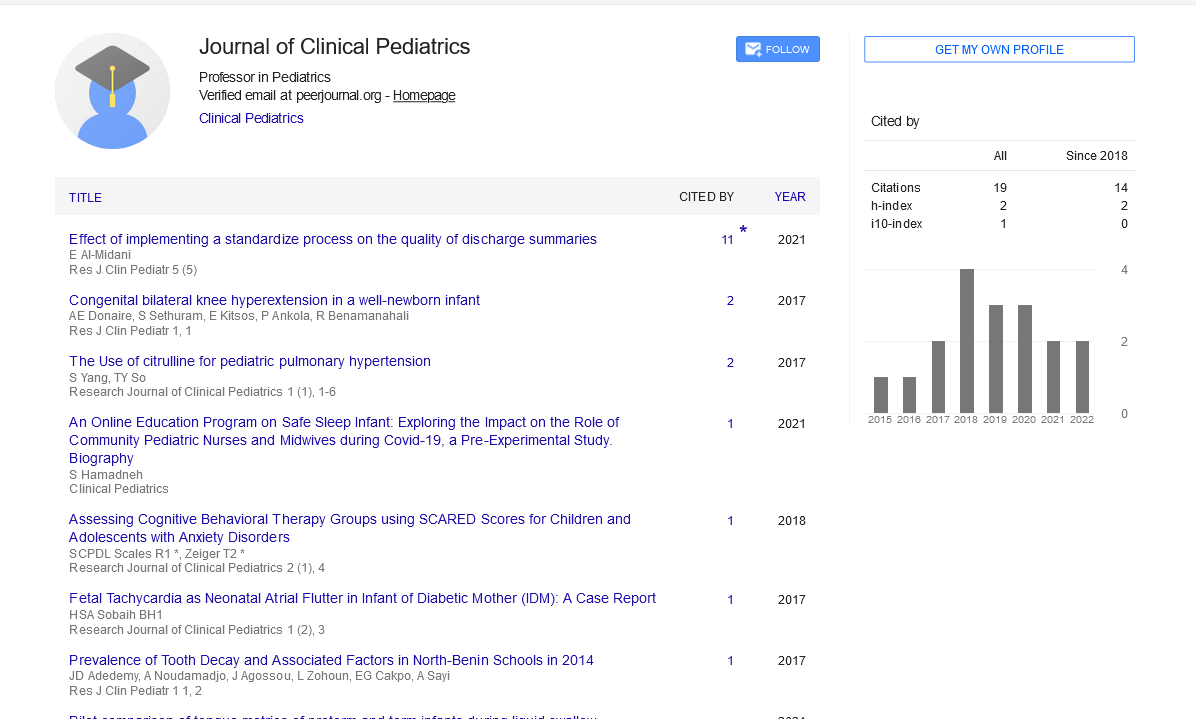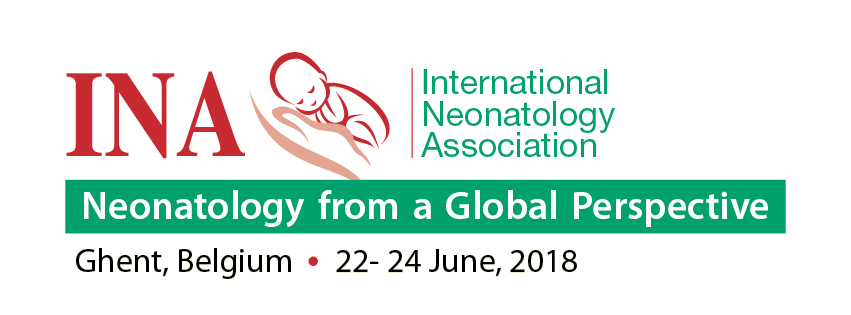Short Communication, Res J Clin Pediatr Vol: 5 Issue: 5
Detection of Occult Hepatitis B Virus Infection among Frequently Blood Transfused
Background: Occult hepatitis B virus infection (OBI) is a form of the disease which does not present with Hepatitis B surface antigens (HBsAg) in the serum of patients; but, HBV-DNA is detectable in the serum and hepatocytes. OBI is an important risk factor to induce post transfusion hepatitis (PTH), liver cirrhosis (LC), hepatocellular carcinoma (HCC) and reactivation of the HBV. Objective: To detect OBI in frequently blood and blood product transfused pediatric patients. Patients & Methods: Forty five patients randomly selected from blood transfusion unit in the central blood bank were included. Their ages were 3-18 year. Another known hepatitis B positive age and sex matched patients were enrolled as controls. Hepatitis B surface antigen (HBsAg), anti hepatitis B surface antibodies (antiHBsAb), anti hepatitis B core antibodies (antiHBcAb) and hepatitis B DNA (PCR) were done for both patients and controls. Results: HBV-DNA; detected by nested PCR; was present in 27 (60%) of the 45 patients of the studied group who were negative for HBsAg. HBcAb was detected in 13(48%) patients from the 27 HBVDNA positive patients whom were considered as seropositive OBI subjects and 14 patients (52%) were negative and were considered as seronegative OBI subjects. Conclusions: The potential risk of acquiring occult hepatitis B virus infection is higher in patients receiving multiple and frequent blood transfusions.
Abstract
Background: Occult hepatitis B virus infection (OBI) is a form of the disease which does not present with Hepatitis B surface antigens (HBsAg) in the serum of patients; but, HBV-DNA is detectable in the serum and hepatocytes. OBI is an important risk factor to induce post transfusion hepatitis (PTH), liver cirrhosis (LC), hepatocellular carcinoma (HCC) and reactivation of the HBV. Objective: To detect OBI in frequently blood and blood product transfused pediatric patients. Patients & Methods: Forty five patients randomly selected from blood transfusion unit in the central blood bank were included. Their ages were 3-18 year. Another known hepatitis B positive age and sex matched patients were enrolled as controls. Hepatitis B surface antigen (HBsAg), anti hepatitis B surface antibodies (antiHBsAb), anti hepatitis B core antibodies (antiHBcAb) and hepatitis B DNA (PCR) were done for both patients and controls. Results: HBV-DNA; detected by nested PCR; was present in 27 (60%) of the 45 patients of the studied group who were negative for HBsAg. HBcAb was detected in 13(48%) patients from the 27 HBV-DNA positive patients whom were considered as seropositive OBI subjects and 14 patients (52%) were negative and were considered as seronegative OBI subjects. Conclusions: The potential risk of acquiring occult hepatitis B virus infection is higher in patients receiving multiple and frequent blood transfusions.
 Spanish
Spanish  Chinese
Chinese  Russian
Russian  German
German  French
French  Japanese
Japanese  Portuguese
Portuguese  Hindi
Hindi 
